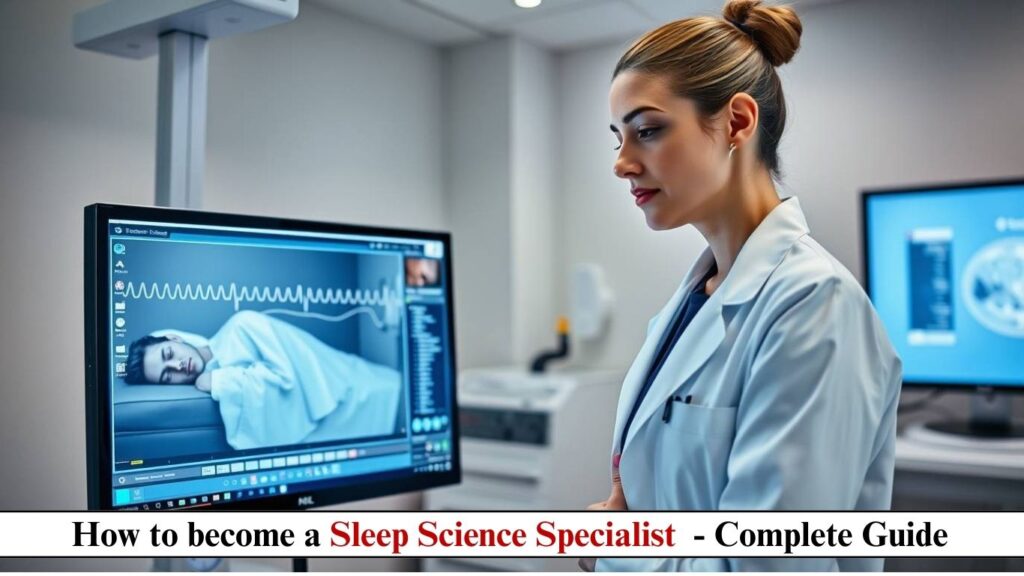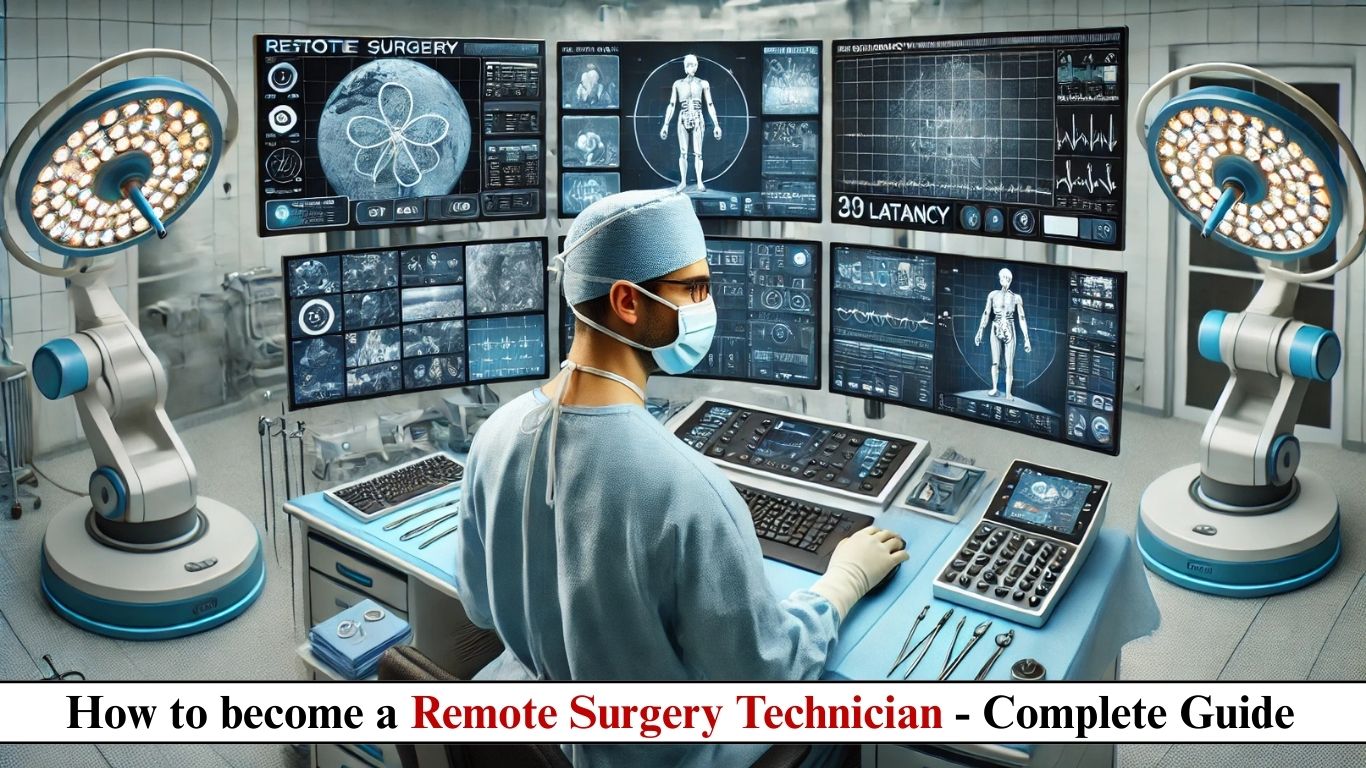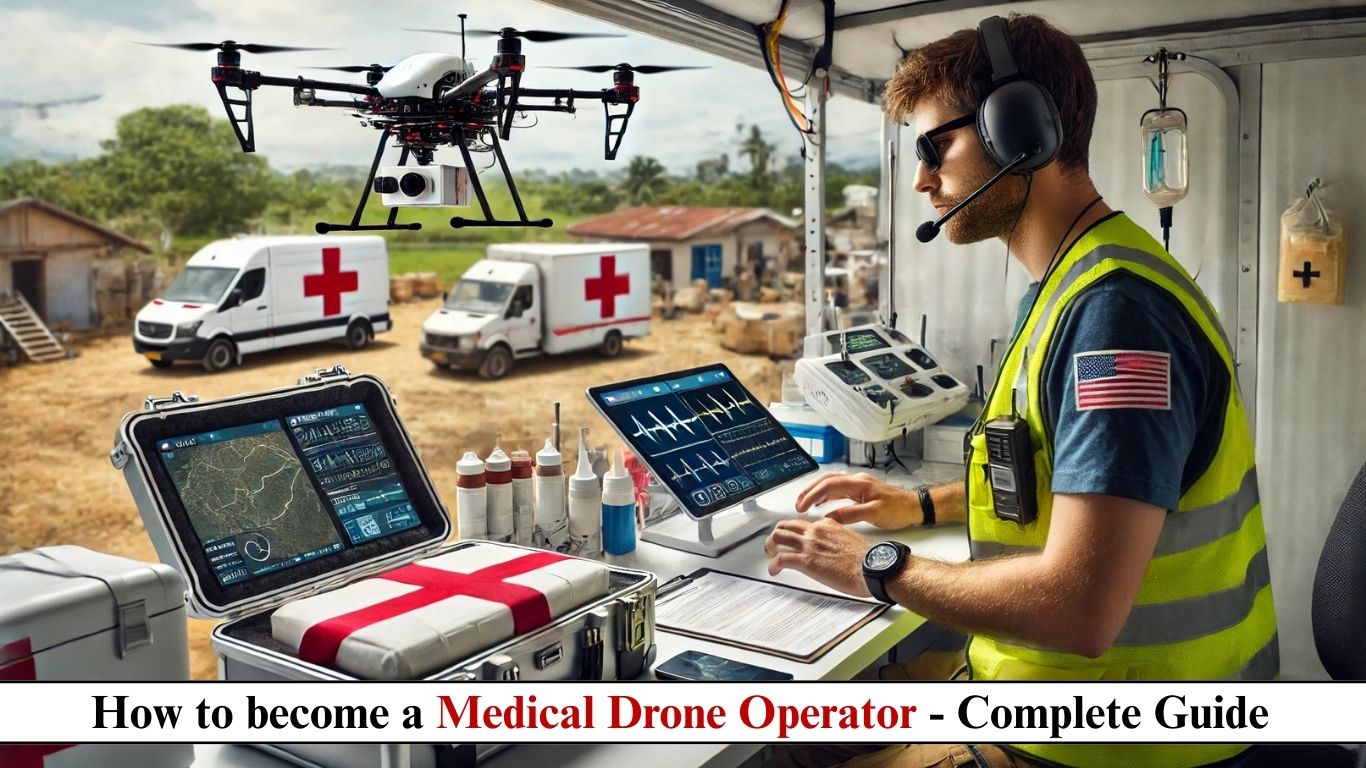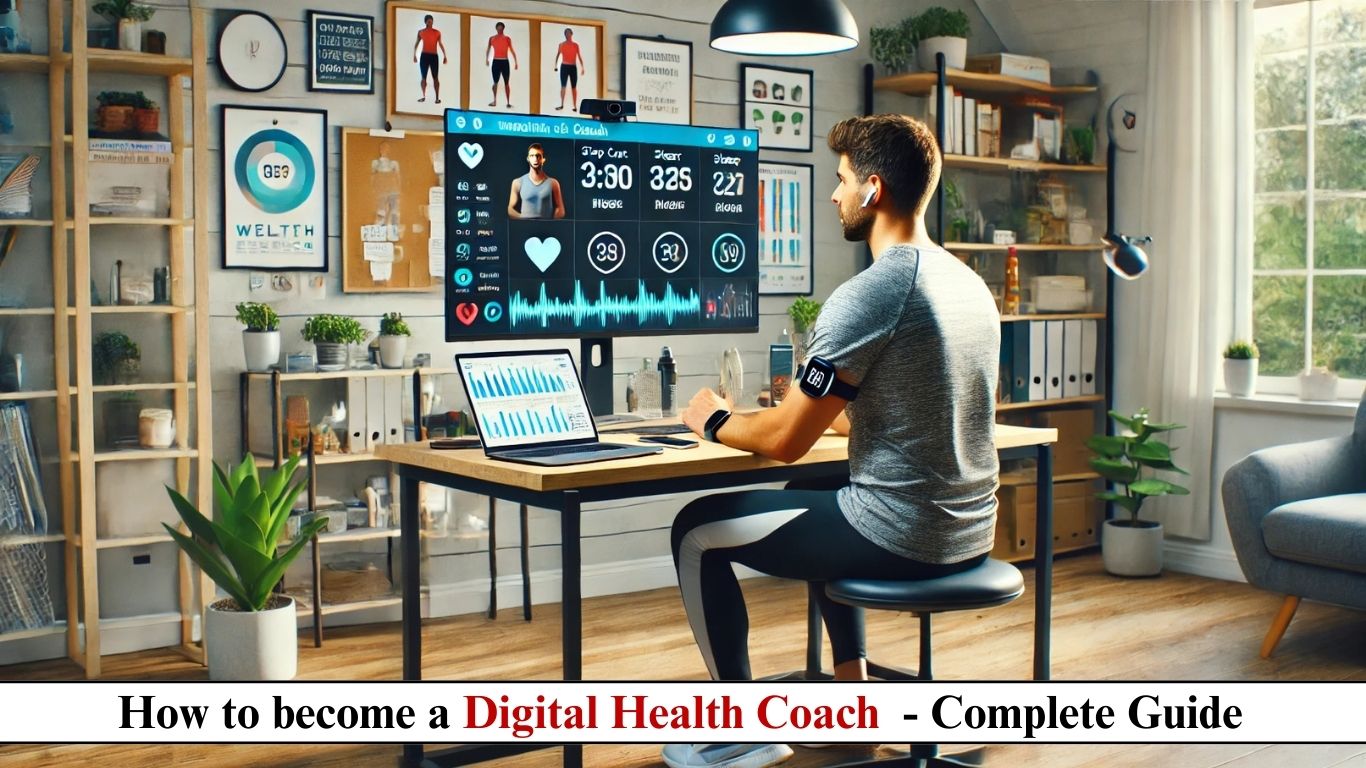
Introduction
With 1 in 3 adults suffering from sleep disorders, Sleep Science Specialists have become vital healthcare professionals. These experts combine neuroscience, respiratory care, and data analysis to diagnose and treat conditions like insomnia, sleep apnea, and circadian rhythm disorders.
This guide covers everything you need to know about this growing field:
- The evolution of sleep medicine
- Salary ranges across specialties
- Day-to-day responsibilities
- Required certifications
- Step-by-step career path
- Future industry trends
Whether you’re a healthcare professional, psychology graduate, or tech enthusiast, this guide will help you enter this rewarding profession.
History of Sleep Science
Early Discoveries (1920s–1950s)
- 1924: First EEG recordings reveal brain activity during sleep
- 1953: REM sleep discovered at University of Chicago
- 1956: First clinical polysomnogram (PSG) performed
Medical Recognition (1960s–1990s)
- 1970: Stanford establishes first sleep disorders clinic
- 1975: Sleep apnea formally identified as medical condition
- 1990: American Board of Sleep Medicine (ABSM) founded
Modern Era (2000–Present)
- 2005: Home sleep apnea testing (HSAT) gains FDA approval
- 2015: WHO declares shift work disorder carcinogenic
- 2023: AI-powered sleep staging achieves 95% diagnostic accuracy
- 2024: Wearables track sleep microstructure via PPG/ECG fusion
Sleep Science Specialist Salary (2024)
| Experience Level | Average Salary (US) | Key Employers |
|---|---|---|
| Entry-Level (0–2 yrs) | $55,000–$75,000 | Sleep Clinics, Hospitals |
| Mid-Career (3–7 yrs) | $75,000–$110,000 | University Labs, Corporate Wellness |
| Senior (8+ yrs) | $110,000–$150,000 | Pharma Research, Tech Companies |
Specialty Variations:
- Highest Paying: Neurology-focused sleep centers (+18%)
- Fastest Growing: Digital sleep therapeutics (31% annual growth)
Location Premiums:
- Major metro areas (NYC, SF) +22%
- States with high obesity rates (more sleep apnea cases) +15%
Roles & Responsibilities
1. Clinical Diagnostics
- Conduct polysomnography (PSG) studies
- Score sleep stages using AASM guidelines
- Analyze respiratory event indices (AHI, RDI)
2. Therapeutic Interventions
- Titrate CPAP/BiPAP devices
- Implement cognitive behavioral therapy for insomnia (CBT-I)
- Design light therapy protocols for circadian disorders
3. Research & Innovation
- Validate new wearable sleep trackers
- Study sleep-pharmacology interactions
- Develop AI sleep coaching algorithms
4. Patient Education
- Explain sleep architecture to patients
- Counsel on sleep hygiene optimization
- Train patients on mandibular advancement devices
5. Operational Management
- Maintain accreditation (AASM standards)
- Supervise home sleep testing programs
- Implement tele-sleep medicine platforms
Required Qualifications
Education Pathways
| Background | Career Path | Recommended Programs |
|---|---|---|
| Respiratory Therapy | Sleep Tech (RPSGT) | COARC-accredited programs |
| Psychology | Behavioral Sleep Med | CBSM certification |
| Neuroscience | Sleep Research | PhD in Chronobiology |
| Nursing | Sleep Nurse Clinician | ABSM Clinical Sleep Health |
Essential Skills
- PSG acquisition/analysis (Nihon Kohden, Compumedics)
- PAP therapy troubleshooting
- EEG artifact recognition
- Python/R for sleep data science (optional but valuable)
Certifications
- Registered Polysomnographic Technologist (RPSGT)
- Board Certified Behavior Sleep Medicine (CBSM)
- Clinical Sleep Health (CCSH)
- Dental Sleep Medicine (for oral appliance specialists)
How to Get Started: 5-Step Roadmap
Step 1: Build Foundational Knowledge
- Complete AASM’s A-Step Program
- Study Atlas of Clinical Sleep Medicine
- Shadow at accredited sleep centers
Step 2: Gain Clinical Experience
- Entry-Level Roles:
- Sleep Technician (22–22–28/hr)
- Respiratory Therapist (with sleep focus)
- Research Assistant in sleep labs
- Alternative Paths:
- VA Sleep Disorders Centers
- DOD Fatigue Management programs
Step 3: Specialize
- High-Demand Niches:
- Pediatric sleep medicine
- Occupational sleep health
- Sleep tech entrepreneurship
- Develop expertise in either:
- Clinical care
- Device innovation
- Public health policy
Step 4: Earn Certifications
- Start with RPSGT (requires 6 months experience)
- Progress to CBSM for therapy-focused roles
Step 5: Advance Your Career
- Target Roles:
- Sleep Center Manager
- Sleep Product Specialist (ResMed/Philips)
- Corporate Sleep Consultant
- Top Employers:
- Cleveland Clinic Sleep Disorders Center
- Whoop/Oura (wearable companies)
- Jazz Pharmaceuticals (sleep pharma)
Future Scope & Trends
1. Digital Health Integration
- 2025: FDA clears first automatic PAP adjustment via AI
- 2027: “Sleep fingerprint” diagnostics predict Alzheimer’s risk
2. Workplace Wellness
- NASA-inspired fatigue management for shift workers
- Corporate sleep coaching becomes standard benefit
3. Technological Advances
- Contactless sleep monitoring via radar/ultrasound
- Closed-loop neuromodulation for deep sleep enhancement
4. Market Growth
- $114B sleep economy by 2028
- Asia-Pacific shows 29% CAGR (rising sleep disorder awareness)
5. Career Diversification
- Sleep-focused UX designers for health tech
- Medicolegal sleep experts for accident investigations
Conclusion: Is This Career Right For You?
✅ Ideal Candidate Profile:
- Passion for neuroscience/healthcare
- Comfort with night shifts (for clinical roles)
- Interest in human behavior and technology
🚀 Action Plan:
- Complete AASM-accredited training
- Gain hands-on PSG experience
- Network at SLEEP Annual Meetings
- Specialize in emerging sleep tech
With 45% of Americans reporting sleep-related problems, specialists will remain in high demand. The future of sleep science is brighter (and more well-rested) than ever.
Want our free sleep study scoring practice dataset? Comment below! 👇
Questions about transitioning from nursing/RT? Ask away! 💬













Post Comment